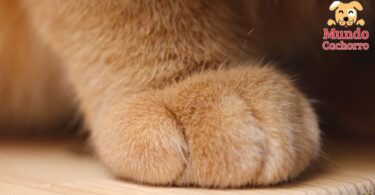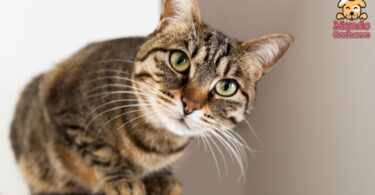Cats have been human companions for thousands of years. They usually captivate us with their grace, mystery and, of course, their extraordinary sense of direction. While humans often get lost in a maze of streets and roads, cats seem to have an internal GPS that guides them unerringly. We will now explore some fascinating aspects of this incredible feline sense of direction.
Indice
Keys to a cat’s sense of orientation
Cats’ sense of direction is rooted in their natural instinct. The wild ancestors of domestic cats were agile, nocturnal hunters who needed exceptional skill to locate themselves in their environment. Although today’s domestic cats may enjoy the comforts of modern homes, their innate instincts remain intact. This instinct is activated when a cat explores its territory or goes hunting.
It should be known that the key to cats’ amazing sense of direction lies in their highly developed sensory system. Cats possess an amazing combination of acute senses, including sight, hearing and smell, which allows them to perceive their environment in a unique way. Their eyes are adapted to capture fast movements, their ears can rotate 180 degrees to detect sounds, and their sense of smell is exceptionally acute.
In addition, cats have highly sensitive whiskers called vibrissae, which act as a tactile radar. These whiskers are able to detect even the slightest change in the air, helping the cat to navigate in the dark and understand the layout of objects around it. This set of sensory abilities works in harmony to create an internal positioning system that rivals any modern tracking technology.
Mental map of the territory
Cats, by exploring their environment, build a detailed mental map of their territory. They memorize landmarks, recognize specific smells and orient themselves according to the position of the sun and stars, even in urban environments where these natural elements may be less visible. This mental map allows them to move with confidence, even in unfamiliar places.
Cats are also adept at establishing efficient routes. If we observe a cat walking in its territory, it is likely to follow a path that minimizes exposure to danger and maximizes efficiency. This is due to their cautious nature and the importance of survival in their instinct.
In addition, cats also have an exceptional spatial memory. They can remember the precise location of places, such as the position of their food, their litter box and favorite places to rest. This memory contributes significantly to their ability to orient themselves in their environment and return home smoothly.
In conclusion, cats’ incredible sense of direction is a testament to the amazing adaptability and survival of these felines. Their ability to navigate the world with grace and confidence is a reminder of the rich interconnectedness between animals and their environment, and of the inspiration we can find in nature to improve our own technology and understanding of the world around us.
Image courtesy of https://pixabay.com, all rights reserved.







